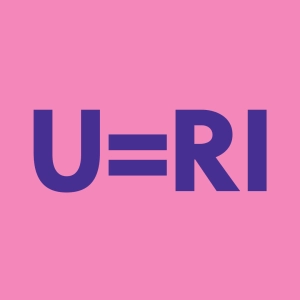 Ohm's law
Ohm's law
All matter that is subjected to a potential difference (a voltage) between two points experiences the flow of a current.
Depending on whether this current is large or small, one says that the matter is a conductor or an insulator.
Electrical resistance is the ability of a material to oppose the flow of current.
This, as well as “resistor”, is also the name given to the electronic component used by electricians and electronics specialists to symbolize this property in part of a circuit. It is represented by the letter R and its unit is the ohm (Ω),
For a dipole, Ohm’s Law relates the voltage V (volts) to the current I (amperes). This equation is written V = IR for direct current.
Remark: V and I are algebraic quantities (they can take on negative values) . The relationship V = IR is only valid under the receiver convention, that is when the arrow of the current is pointing in the opposite direction from that symbolizing the voltage. In the contrary case (if the arrows are represented as pointing in the same direction) we must write V = - IR.
Click and drag the slider to change the value of R.
